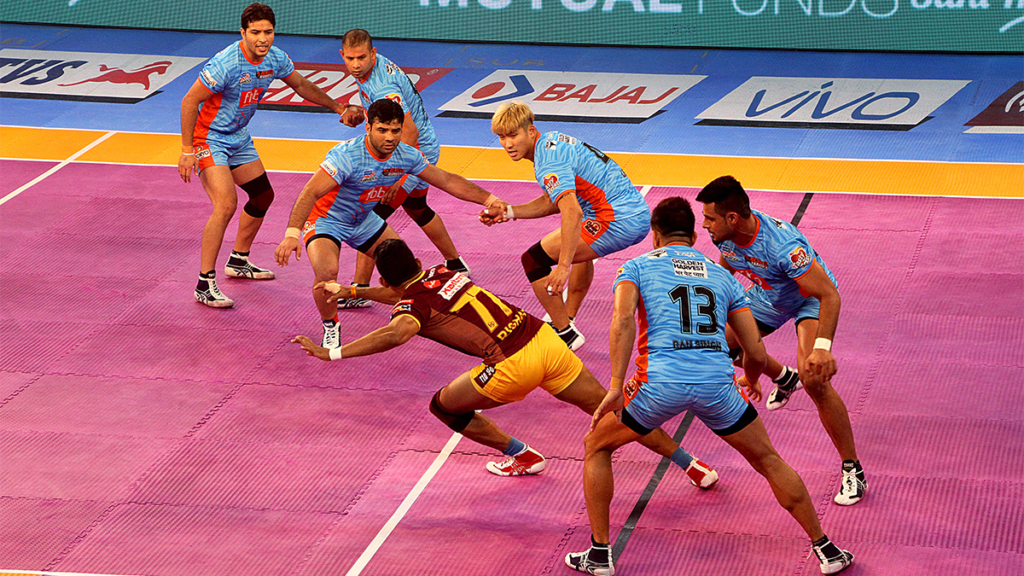
Kabaddi, a high-octane sport known for its thrilling raids and strategic tackles, has captivated audiences in India for decades. But with its fast-paced action, simple rules, and emphasis on teamwork, Kabaddi is increasingly attracting interest beyond its national borders. So, the question arises: Is Kabaddi poised to become a global sport?
The Rise of Kabaddi in India
Kabaddi’s popularity in India has skyrocketed in recent years. It has become the second-most watched sport after cricket, with the Pro Kabaddi League (PKL) garnering millions of viewers annually. Nielsen Sports reports a 14% year-over-year increase in Kabaddi’s overall interest since 2015, with the PKL itself experiencing a staggering 33% growth in the same period.
This surge is attributed to factors like:
- Smart TV presentation and packaging: The PKL’s production quality has significantly enhanced the viewing experience.
- Innovative format and presentation: The league has introduced new rules and elements, making the game more fast-paced and exciting.
- Widespread media coverage and celebrity engagement: Increased media attention and celebrity involvement have boosted the league’s marketability and public profile.
Signs of a Global Rise

- Growing League Popularity: The Pro Kabaddi League (PKL), established in 2014, has witnessed a significant surge in viewership. In 2023, the PKL reached over 815 million viewers across India, showcasing the sport’s growing domestic appeal.
- International Footprint: Kabaddi is already gaining traction internationally. The sport is included in the Asian Games and has been featured as a demonstration sport in the South Asian Games. Additionally, professional Kabaddi leagues have been established in countries like Iran, Bangladesh, and the United States, indicating a growing international player base and fan following. The International Kabaddi Federation boasts 31 member nations, with Bangladesh and Nepal naming it their national sport.
- Accessibility and Excitement: Kabaddi’s minimal equipment requirements and relatively straightforward rules make it accessible to a wide range of audiences. The sport’s inherent blend of athleticism, strategy, and quick bursts of action offers an exciting viewing experience that can transcend cultural barriers.
Challenges and Opportunities for Kabaddi’s Growth
- Spreading the Word: While Kabaddi is gaining recognition, it still has a long way to go in terms of global awareness compared to established sports like football or cricket. Increasing international exposure through tournaments, exhibition matches, and media coverage will be crucial in attracting a wider audience.
- Language Barrier: Commentary and marketing materials primarily in Hindi might limit accessibility for non-Indian audiences. Multilingual content creation and strategic partnerships with international broadcasters can bridge this gap.
- Grassroots Development: Investing in grassroots development programs, particularly in countries with existing interest in Kabaddi, can help build a strong talent pool and foster a passionate fan base at the local level.
The Road Ahead
Kabaddi’s potential for global recognition is undeniable. With its unique blend of athleticism, strategy, and cultural significance, Kabaddi has the potential to capture the imagination of international audiences. By addressing the existing challenges and capitalizing on its strengths, Kabaddi can take significant strides towards becoming a truly global sport, enjoyed and celebrated by fans worldwide.
So, is Kabaddi poised to become a global sport? The answer is a resounding maybe. The future of Kabaddi on the world stage hinges on its ability to overcome challenges. It must embrace opportunities, and continue to captivate audiences with its unique brand of athletic entertainment.
